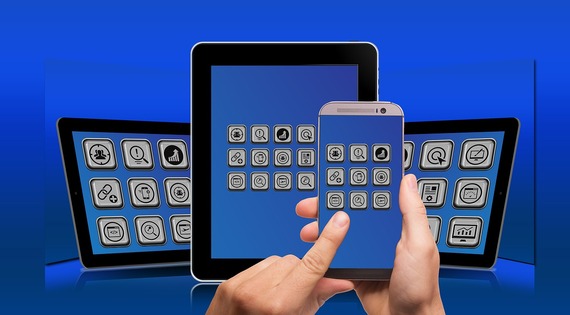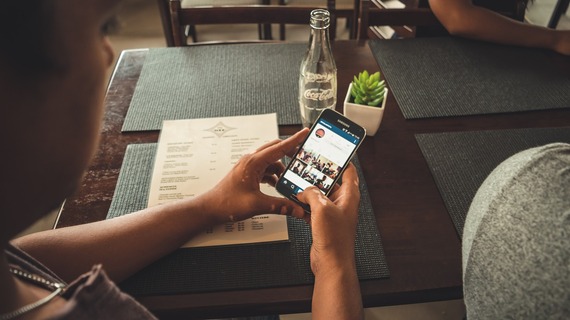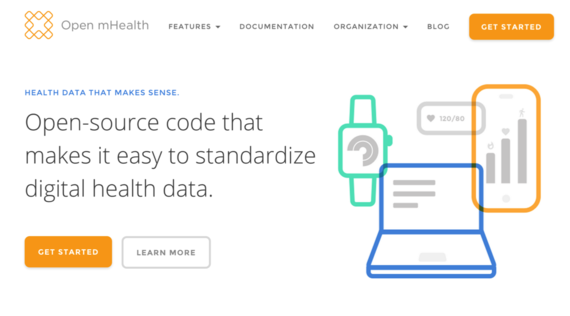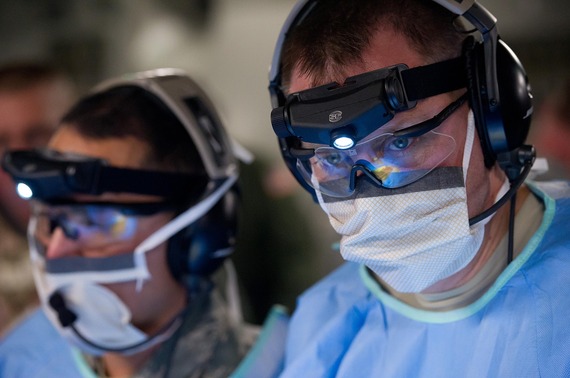The advent of the smartphone and mobile "apps" has opened the floodgates in hospital and clinic settings. With the ease of communication and newfound ability to access the web in the palm of our hand, the world has grown smaller for everyday users. Given its current host of systemic predicaments, the medical industry has justifiably shifted its attention to these new technologies to rectify inefficiencies.
Mobile technology raises expectations for health care consumers with the obvious prospect of improved communication between providers and patients. From having your physician's prescriptions on-the-go to being able to rapidly authorize medical record transfers in emergent situations, a promising solution to chronic issues obstructing submaximal care is at our doorstep.
Why, then, have we not reached our full potential? StartUp Health reported a burgeoning digital health sector with $6.9 billion in funding over 551 deals in 2014. Mobile health savvy health insurance company Oscar has captured significant market share with a whopping $320 million of funding and 40,000 members to date. While these strides prove consumer and investor belief in mobile technology, few applications have proven valuable to stakeholders' stringent criteria despite the sheer number of available applications.
No single firm has demonstrated an intimate knowledge of the medical industry with delivery of high-quality tools that engage users. The lack of a clear winner in this noisy space has stunted broad adoption. For this reason, heavyweights in the technology industry like Google, Amazon, Facebook and Apple are exciting new entrants to the mobile health scene. In addition to the modular infrastructure offered by these established giants, the greatest value is their proven track record in customer validation and the user experience.
Established technology firms are by no means a shoe-in to win. The inherently low barrier to entry in the mobile health space is a double-edged sword. Though sparse quality control mechanisms are responsible for the sheer volume of subpar apps, they are also the reason why no innovator can be excluded from disrupting the space with the help of hired digital development shops. Excluding the fundamental challenges of operating within the health care industry (i.e. security and compliance standards), the delay in realizing the impact of mobile health technology can be distilled to four fundamental failures.
First, the end user is often forgotten. Often times, hospitals will excitedly reveal a mobile app that provides useful information but has such a poor interface that consumers fail to engage. Fewer apps have engaged users better than Instagram with over 300 million monthly active users. Instagram represents an exceptional product stakeholders in digital health care should not trivialize and learn from greatly. With two-thirds of the Americans owning a smartphone, the problem today is less so the access to digital tools than it is the actual engagement with them.
Second, the balance scale tilts heavily towards "wellness" and less towards "care." Though the return on investment for a mobile app may be greater for a healthy user willing to pay to track health and fitness metrics, those who actually need the increased vigilance in our health system are patients suffering from chronic disease or recovering from surgery. From the perspective of optimizing health outcomes and preventing frivolous costs, the attention needs to shift to vulnerable populations stressing the system. Furthermore, some insurance companies incentivize members by providing mobile apps under the moniker of "mHealth;" this terminology runs the risk of misleading individuals into skipping preventive care visits with their doctor. These apps should optimize medical management in the appropriate clinical context through physician supervision with appropriate FDA regulation as an "mCare" effort instead. The FDA already applies a risk-based approach for assessing mobile medical apps considered accessory to regulated medical devices or transformational into a regulated medical device. More of this patient-centered innovation is needed to solve our system's real issues.
Third, we fail to play to the strengths of smartphones in medicine. Smartphone technology is fundamentally advantageous because users have the freedom to move and communicate without restriction. Given that outcome metrics for the fields of orthopaedic surgery and rheumatology are predicated on physical mobility and patient-reported response to interventions, smartphone technologists should target these specialties first to realize benefits of afflicted patients in real-time. Joint replacement is one of the most common surgical interventions in the world, and being able to track steps taken, or the steps not taken, using the phone's native pedometer has the potential to alert a surgeon of post-operative complications in advance. The current strategy is focused on creating the best apps for the fittest individuals, but the most impactful technologies would be directed towards streamlining assurances of patient safety and physical activity for those with musculoskeletal conditions.
Finally, collaboration is lacking. Smartphones track and store the "small data" of millions of potential patients. When put together, the data tells a greater story. Numerous insidious diseases, from major depression to ovarian cancer, could be detected earlier and managed better when sharing our stored mobile data. While there do exist standout organizations like Fitbit which offer an open developer API, the current landscape is not set up to exchange user data. One such organization that recognizes the meaningful macroscopic conclusions that can be drawn from sharing mobile data is Open mHealth. Founded on the value of facilitating the sharing, storage, and processing of mobile data using an open infrastructure, Open mHealth has already made great strides among individuals with diabetes and veterans with PTSD.
Today, the smartphone is one of the greatest commercially available technologies. With emerging wearable devices like Apple Watch and Jawbone, who knows what our go-to device will be tomorrow? Thus, validation of mobile technology in medicine cannot hinge on today's version of devices. The evidence supporting application of mobile technologies to the medical workflow must maintain modularity and iterative capacity. One example of modular capacity is Apple's open source ResearchKit. Though in a perfect world Apple and Google would have partnered to cover nearly all smartphone users, ResearchKit has the laudable benefit of availability across all current and future iOS devices. Thus, validation is needed just once for survivorship of mobile technology in medicine to be ensured.
The potential for mobile technology in medicine is great, but the current landscape is not yet set up to transform the health care industry. There exists no reliable winner in the marketplace because either our goals are misaligned or our focus has been misplaced. If the objective is to help the well become more well, then we are thriving. However, if we choose to unbridle the capability of mobile technology in medicine by remembering the end user, helping the suffering, playing to the strengths of our resources, and enabling collaboration, we are on the precipice of a truly transformational era in modern medicine.




